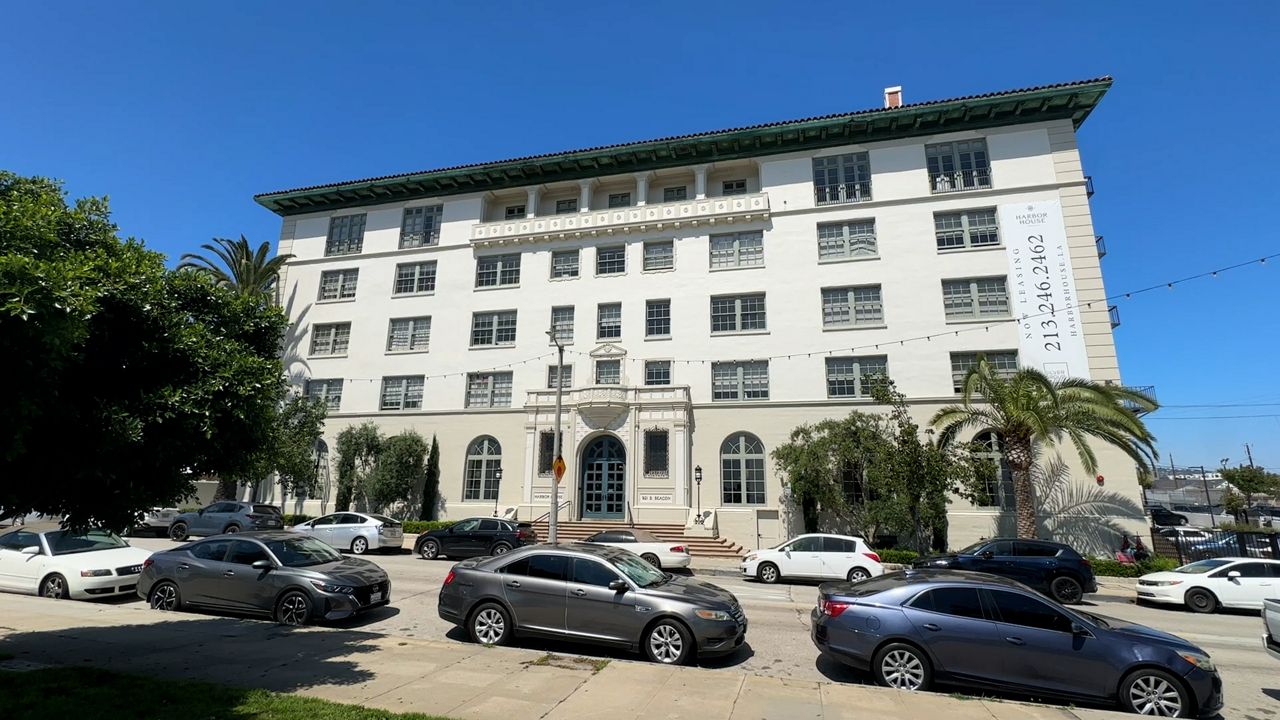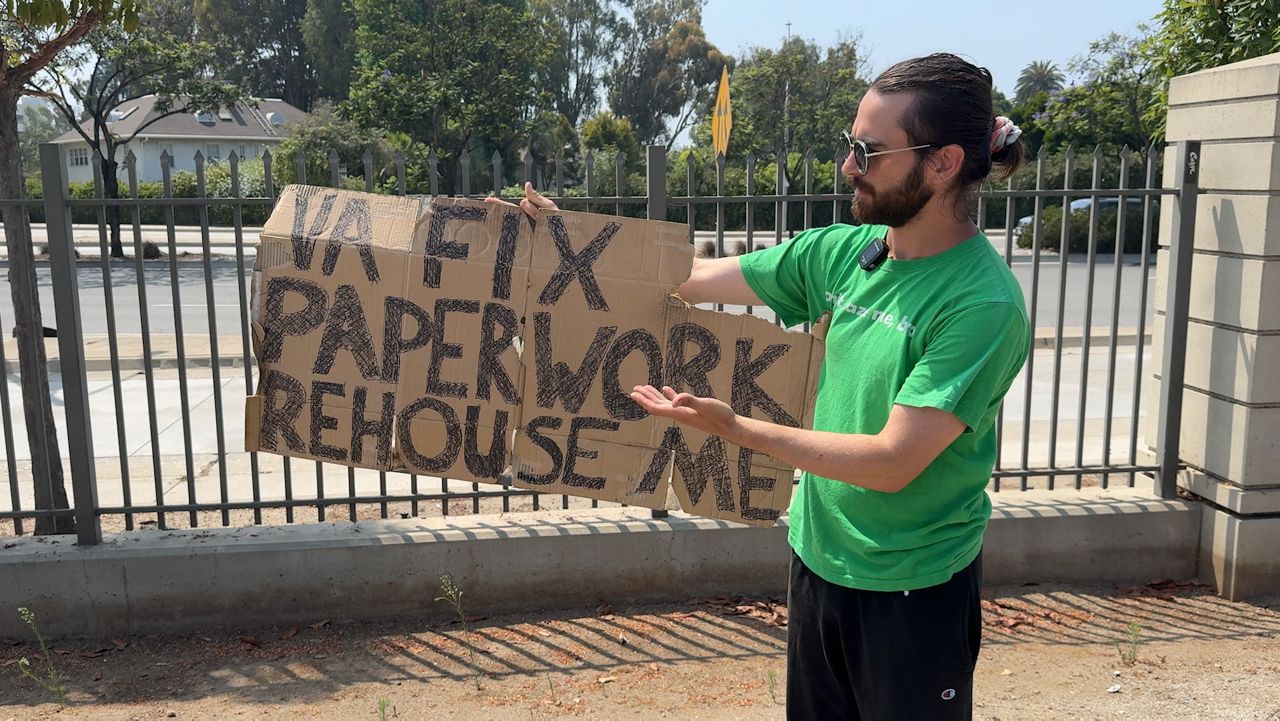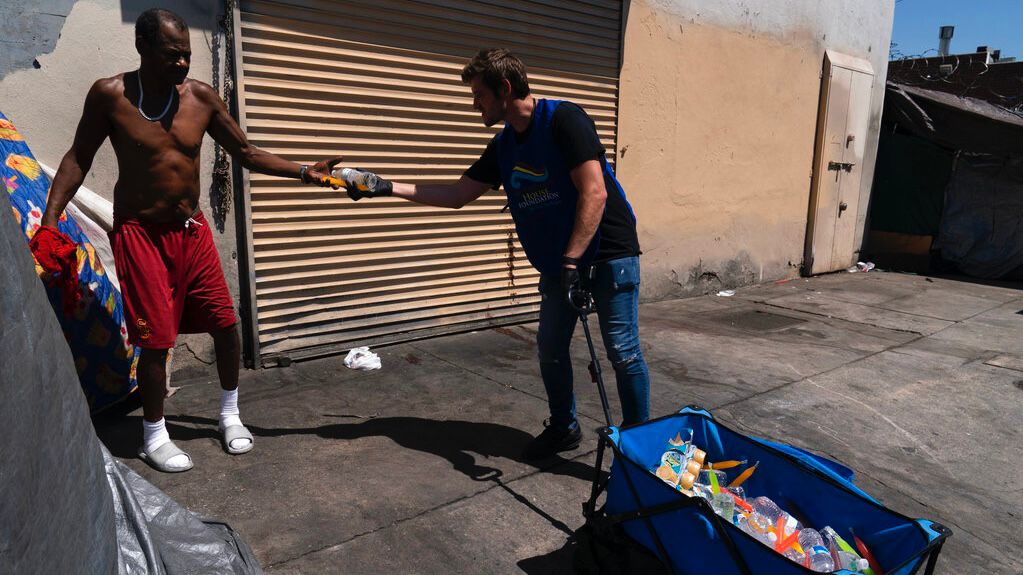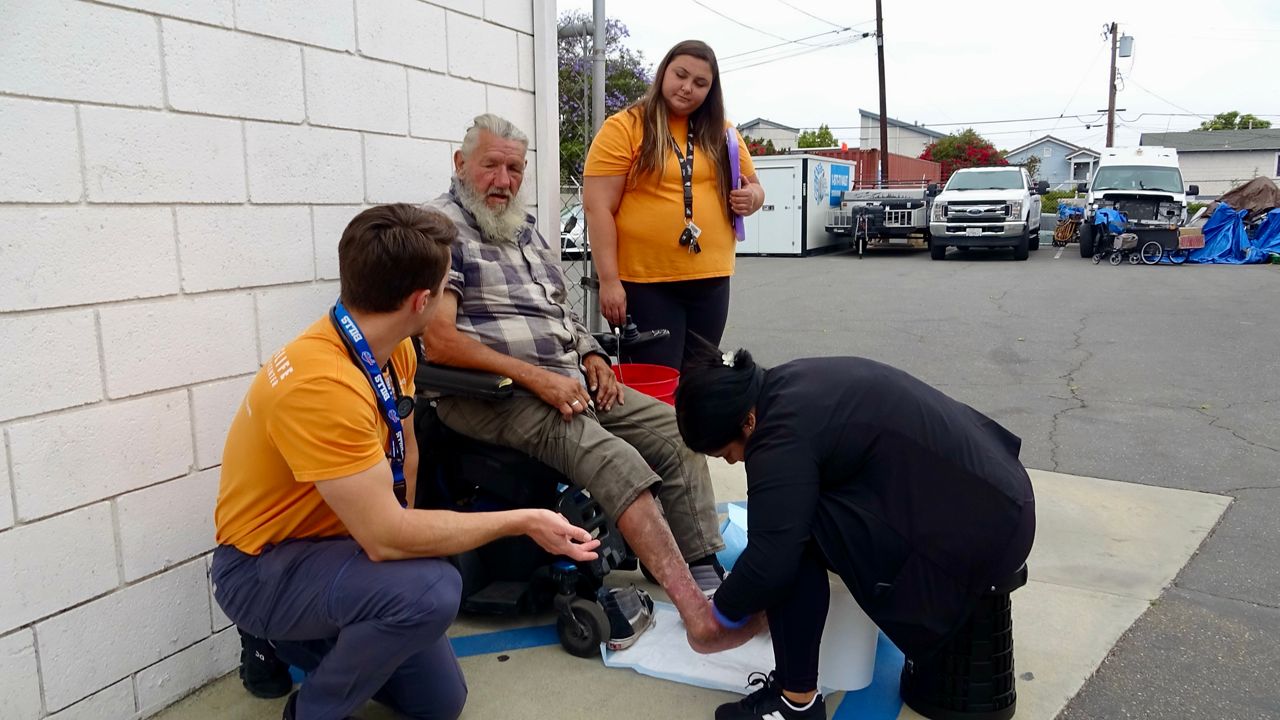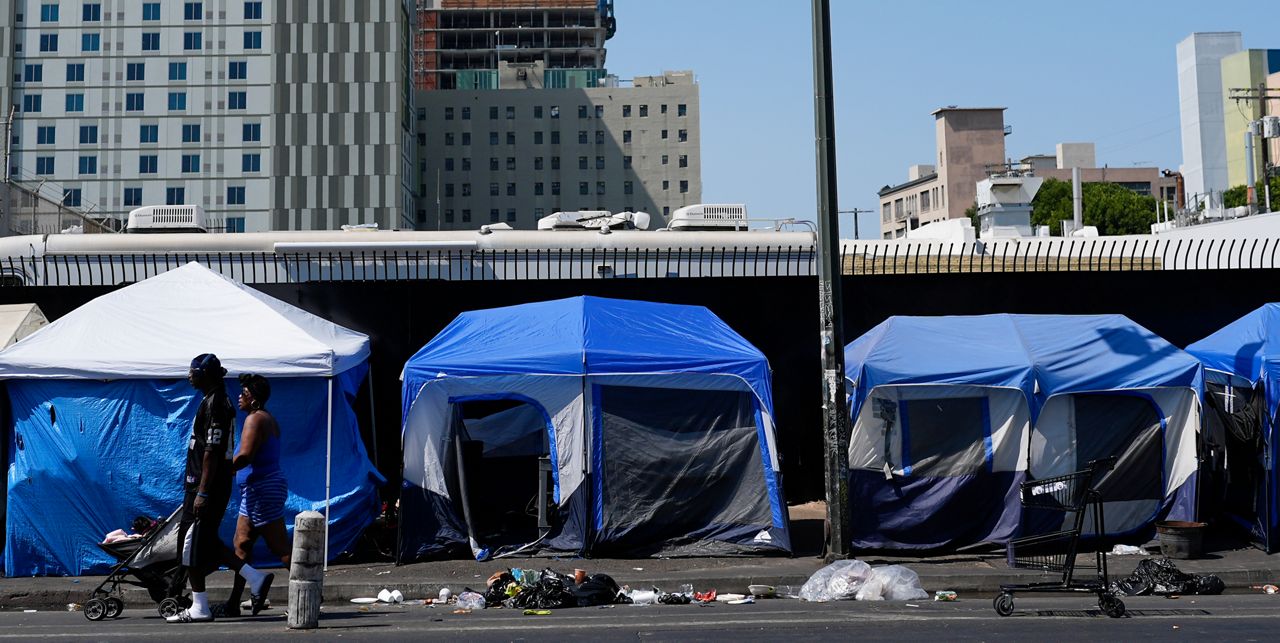LONG BEACH, Calif. — Homelessness in Long Beach jumped by 6.5% in 2025 — in part, a result of January's devastating wildfires that displaced tens of thousands of Los Angeles County residents, according to results of the annual count released Monday.
On Monday, city officials hosted a roundtable discussion to release the findings of the 2025 Homeless Point-In-Time Count, as well as to discuss the multi-departmental response to the crisis. The count found 3,959 people were experiencing homelessness in Long Beach, a net increase of 219 compared to 2024.
City officials noted that more than 76% of that increase was a result of the fire emergencies that ravaged Pacific Palisades, Altadena and other areas of Los Angeles County. Among those surveyed, 167 people reported being displaced by the wildfires, which were active when the count was conducted on Jan. 23.
The overall increase in homelessness was attributed to fire-related displacement, about 5%, and the remaining 1.5% was due to other causes.
While homelessness increased, Mayor Rex Richardson noted there has been improvements in areas where the city struggled in the previous years, such as what he described as a "profound decrease in chronic homelessness."
"We're proud of the progress that's been made, and we remain committed to continuing that work," Richardson said in a statement
The 2024 count showed there was a 2.1% reduction in homelessness, the first time in seven years the city reported an overall decrease. The fires, in part, reversed that progress.
Long Beach officials noted chronic homelessness — a term used to describe individuals who live on the streets for more than a year or experience homelessness while facing disabling conditions — decreased to 1,678 people. Of that number, about 477, or 28.4%, were sheltered and 1,201, or 71.6%, were unsheltered.
According to the city, about 46.6% of homelessness people moved into temporary housing such as shelters.
The number of people who reported they were newly homeless increased from 14.3% in 2024 to 16% in 2025, according to the findings. The city defined "newly homeless" as people experiencing homelessness for the first time and for less than one year. Last year, 1,595 people were able to find housing and exited homelessness, yet more people continue to become homeless.
City officials cited the top causes of homelessness as problems with finances/employment, family issues, eviction, mental health, physical disability and substance use.
Long Beach shared the findings from the count at its recently refurbished interim housing site, Homekey at 1725. The project turned a former Best Western motel into a 99-unit temporary housing shelter with a new lobby, resident lounge, outdoor patio, case management offices and staff workspaces. The site is operated by First to Serve.
Long Beach officials touted upcoming efforts to help homeless people, such as its future Youth Shelter and Navigation Center aimed at young adults aged 18 to 24, and Homekey at 5950, which utilized a former Luxury Inn motel for a 78-unit temporary housing site.
The center is expected to use $4.1 million in Measure A funding, California's Global Warming Solutions Act and the Homeless Emergency Aid Program. Meanwhile, the homekey site is supported by $6.5 million in funding from California's Project Homekey Program, Long Beach general funds and Measure A, the county's latest half-cent tax to generate funding for homelessness programs.
Both projects are expected to open in the summer.
The homeless count found more men are experiencing homelessness in Long Beach, which stood at 69.9% compared to 29.3% of women and 2.9% of transgender or gender non-confirming residents. Additionally, of the number of people experiencing homelessness about 34.7% identified as Black, 24.8% identified as white, and 24% identified as Latino.
The Los Angeles Homeless Services Authority oversees the Los Angeles Continuum of Care, excluding Long Beach and Glendale, which manage their response to homelessness through separate health departments.

